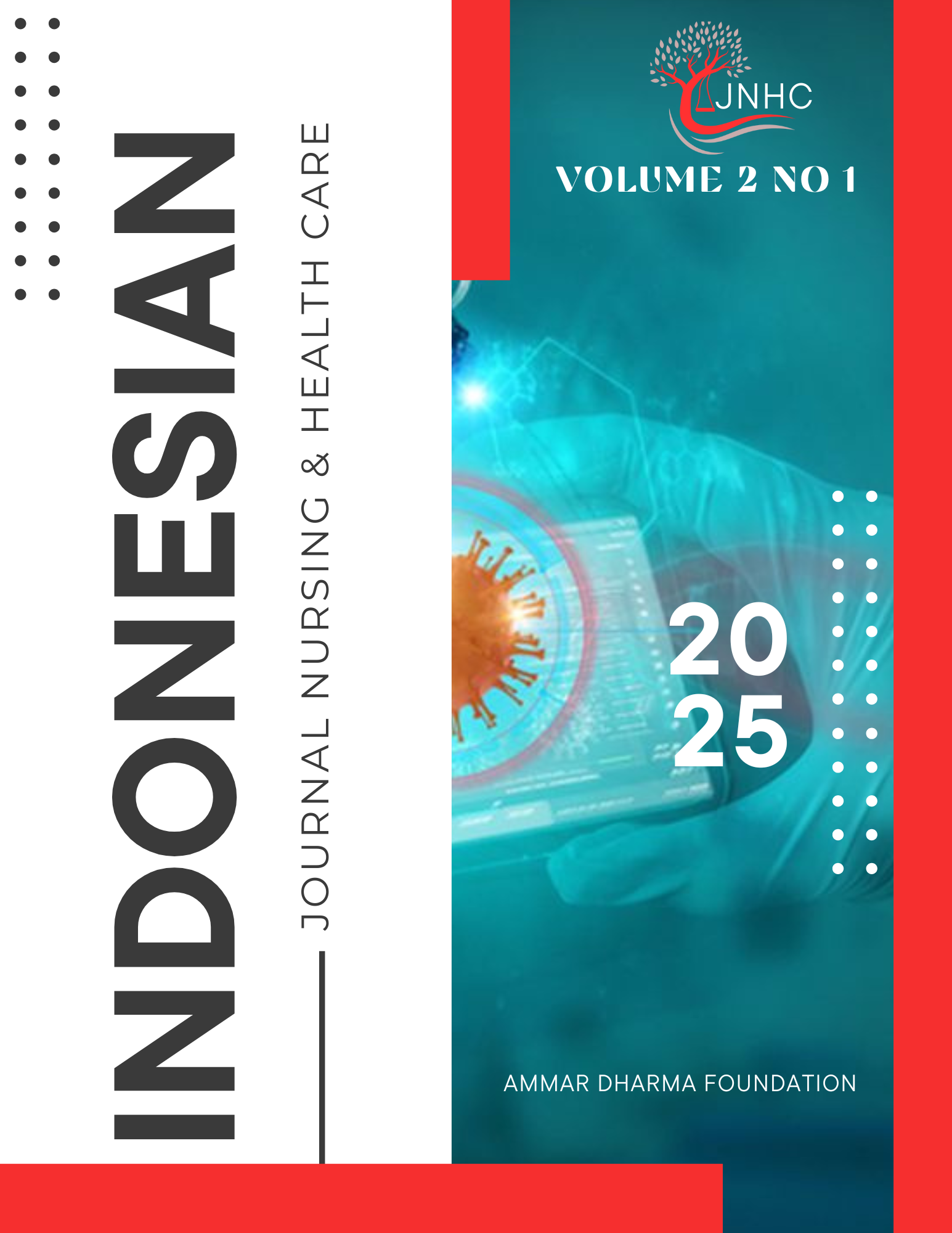Comparison Of Urine Leukocyte Examination In Patients With Urinary Tract Infections (Utis) Using The Dipstick And Microscopic Methods In The Working Area Of Klasaman Health Center
Main Article Content
Abstract
Background: Urinary tract infection (UTI) is a common type of infection caused by the growth of microorganisms in the human urinary tract. Leukocytes are a component of the immune system that fight infection and inflammation. The methods commonly used for urine leukocyte examination are the dipstick and microscopic methods.
Objective: This study aims to compare the results of urine leukocyte examination between the dipstick and microscopic methods in UTI patients.
Methods: This research is descriptive comparative with a cross-sectional design. The study was conducted at Puskesmas Klasaman and the TLM Laboratory of STIKES Papua from June 28 to August 21, 2024. The study population includes all UTI patients at Puskesmas Klasaman, Sorong City, totaling 16 patients, with a sample of 16 urine samples from patients confirmed positive for UTI, selected using a total sampling technique. The data collected were entered into a master table and analyzed statistically.
Results: The results of the urine leukocyte examination using the dipstick method showed that the majority of respondents had results of approximately 70 leukocytes/µl (+1), while the results from the microscopic method indicated that the majority had 5-9 cells/HPF (+2). This study found a significant difference between the results of urine leukocyte examination using the dipstick and microscopic methods (p-value < 0.05) using the nonparametric Wilcoxon Signed Rank Test (WSRT).
Conclusion: There is a significant difference in the results of urine leukocyte examination between the dipstick and microscopic methods, where the dipstick method is more practical but less accurate compared to the more detailed and accurate microscopic method. It is recommended to explore other urine examination methods and compare the results with a larger sample to understand the advantages and disadvantages of each method.
Downloads
Article Details

This work is licensed under a Creative Commons Attribution 4.0 International License.

